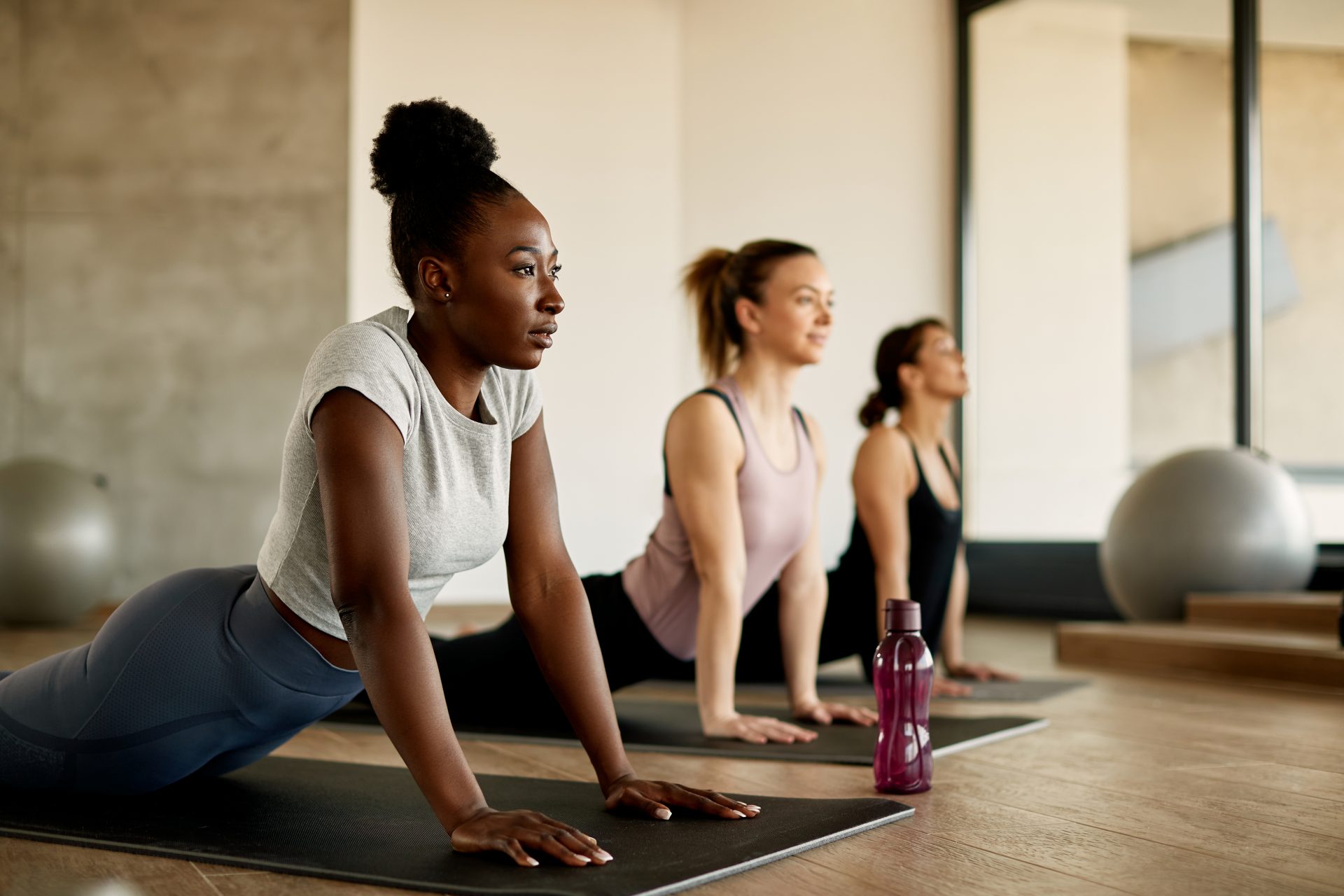Feeling confident in your workouts is important — but is it time to get out of your comfort zone?
Running, spinning and other forms of endurance cardio are out of my exercise comfort zone. I’ll happily shake as I lift a heavy barbell, but feeling breathless for long periods of time feels horrible to me – I don’t enjoy the physical sensation and I’m embarrassed at how poor I am at it. Rightly or wrongly, that means I tend to stick with only certain forms of movement.
I’m not alone in my desire to only train in a way I love; lots of us prefer to stay within our comfort zone when it comes to exercise. Jules Wall, an avid cardio bunny, says: “I always sign up to HIIT classes, despite going to a gym that offers multiple different styles of class – I just like knowing what to expect and that I can get sweaty without thinking about it.”
You may also like
HIIT workouts: why and what you need to eat before high-intensity interval training
Meanwhile, Elise Bresler has only been to a gym once – and hated it. “I get embarrassed and feel like people are watching me when I’m in a gym environment. I know what I’m doing in yoga classes and enjoy the slower pace, so I always stick with that,” she says.
That’s not to say that we don’t push ourselves. I finish most workouts a sweaty mess, feelingaccomplished and seeing gradual progress over time. Perhaps you feel the same when you spin, turning up the resistance dial every week, but are shocked at how uncomfortable you feel in a strength class and hate it when your arms shake as you press dumbbells.
The main question is, does that matter? For personal trainer Nancy Best, founder of Ladies Who Crunch, comfort zones are a double-edged sword. “Training within your comfort zone means you’ll be confident in your technique and able to progress without compromising on form,” she says.

As well as safety, the mental health benefit of feeling good in your workouts is not to be underestimated. Not enough people exercise as it is, and so finding something you love is a very good way into seeing movement as joyful rather than a chore. Not to mention, consistency is the simplest way to progress.
“Too often fitness is associated with extremes – your body will thank you for finding consistency and progressive overload with a controlled approach,” agrees Best.
But on the other hand, “variety in your training mode is really important for functional fitness,” she says. “It’s tempting to only focus on the type of training you love, but neglecting other forms of exercise can cause repetitive strain injuries and mobility issues.
“You’ll also notice improvements in your performance when you diversify your training – if you’re a cardio queen, building in some resistance training and low impact mobility could unlock that extra 1%. Similarly, if you’re a big yogi, building your muscle mass will help your stability in crow pose.”
You may also like
How to enjoy exercise, according to fitness influencer and powerlifter Meg Boggs
Personally, I know that cardiovascular fitness is important for my health. And while my heart gets worked well in my weight training sessions and I spike it regularly in HIIT training, I never focus solely on cardio. I want to get better at working through that discomfort, but how?
Choose when wisely
Personal trainer Kerry Dixon explains that she only pushes her comfort zone when she’s ready. “I train within my comfort zone when I am tired, but when I feel ready and am really aiming for progression, you have to push it more,” she says. Remember that not every session, week or month is going to be about being better. Sometimes, it’s ok to take things slow and do the things you know. When you’re ready, you can push yourself harder.
You may also like
Gym progress: why slow progress and adding small weights are important
Invest in expertise
“Following professional coaching can be a game changer to help you master something as a beginner,” says Best. Crossfitter Alice Porter agrees, replying to my Instagram saying: “I hardly ever exercise in my comfort zone because I go to classes, where someone else designs the workout and pushes you through.” Letting someone else guide you might be a good way to find discomfort easy.
Train together
It’s not just about having someone guide you through a class, but also having someone in the trenches with you. “Many people struggle to feel confident when they try something new by themselves. Exercising with a friend or finding a like-minded community can really help you feel supported,” says Best. It’s true that running doesn’t feel as tough when I’m with a friend – is it because I have a distraction, I’m trying to save face or I feel safer with someone else, I don’t know. But it works.
You may also like
“I’ve always preferred solo running – but racing with a friend has changed my mind”
Go slowly
Building up is always a good idea – don’t expect yourself to feel good in a 45 minute yoga class if you hate stretching. For me, when trying to build confidence in endurance sports, I find a stop-start approach useful until I feel comfortable enough to maintain the pace for longer periods of time. Before I know it, I can run for 30 minutes at a time.
Treat it like dating
“I say this in the sense that it’s totally natural if not every experience is mindblowing,” Best says. “Regardless, be proud of yourself for pushing into that zone, take the learnings, and don’t force yourself to do something you’re really not enjoying.”
Images: Getty
Source: Read Full Article
